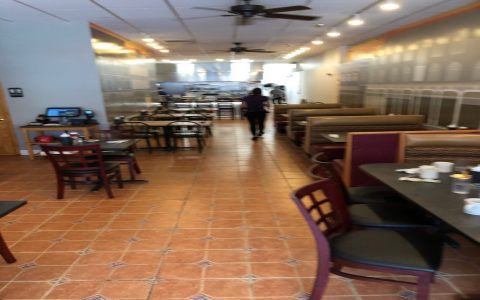Building a Shake Shack requires strategic planning and precise execution. Follow these essential construction tips to ensure structural integrity, operational efficiency, and brand consistency.
Pre-Construction Essentials
Modular Construction Approach: Utilize prefabricated components for speed and quality control. Factory-built sections ensure consistent tolerances and reduce on-site errors.
Material Specifications: Primary structures demand ASTM-certified steel framing with corrosion-resistant treatments. Opt for FSC-certified thermally modified wood for exterior cladding to resist weathering.

Structural Framework
- Foundation: Install helical piles instead of concrete footings for adjustable leveling and reduced environmental impact.
- Wind Load Compliance: Engineer cross-bracing to withstand 110 mph gusts using ASCE 7-16 standards for coastal locations.
- Service Integration: Embed utility conduits within structural members during fabrication to eliminate surface-mounted lines.
Mechanical Systems Installation
HVAC Optimization: Size ductless mini-split systems for 25% over peak occupancy loads. Isolate condenser units with acoustic barriers meeting 55 dB(A) maximum.
Kitchen Exhaust: Install 1800 CFM hoods with automated grease-extraction systems and UL 300-compliant fire suppression.
Operational Workflow Integration
- Position service counters within 15 ft of kitchen pickup stations
- Allocate 35% total area to refrigerated storage with 6" closed-cell spray foam insulation
- Implement radiant floor heating beneath tiled queue lines for winter comfort
Brand-Compliant Finishes
Apply proprietary "Shack White" epoxy-resin countertops with integrated antimicrobial properties. Install polished concrete flooring with non-slip aggregate broadcast meeting OSHA 0.5 SCOF. Use LED color-tunable lighting programmed to 3000K during operational hours.
Commissioning Protocol
Execute 72-hour systems stress test: Simulate 120% peak transaction volume while monitoring HVAC delta-T (±2°F tolerance) and electrical load variance (





